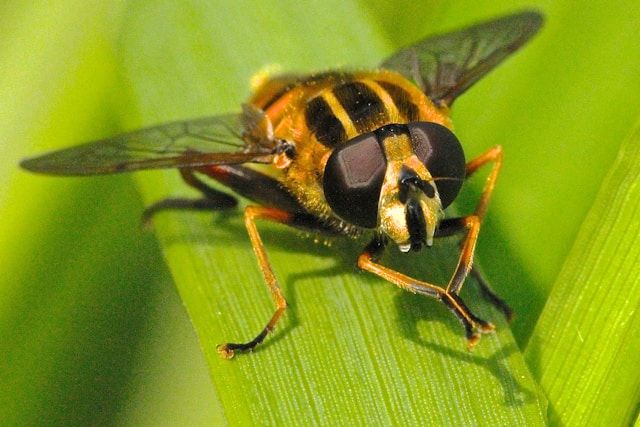Groundbreaking research showcases the power of AI in identifying insects by sound, offering new insights into environmental health
The University of Massachusetts Amherst is pioneering a novel approach to environmental conservation through the ears of insects. Researchers are harnessing the power of machines and deep learning to identify various insect species based solely on their sounds. This innovative method, detailed in a study published in the Journal of Applied Ecology, has the potential to revolutionize how we monitor insect populations and, by extension, gauge the health of our environment.
“Insects rule the world,” states Laura Figueroa, assistant professor of environmental conservation at UMass Amherst and the senior author of the study. She highlights the critical roles insects play, from being disease vectors and pests to pollinating crops and cycling nutrients. Yet, despite their omnipresence and significance, tracking the shifts in insect populations remains a formidable challenge, exacerbated by chemical pesticides, climate change, and other environmental stressors.
Embed from Getty ImagesTraditional methods of monitoring insect populations are labour-intensive, requiring field entomologists to capture and identify species, a process that is not only resource-intensive but also often harmful to the insects. This is where the power of artificial intelligence (AI) steps in, offering a non-invasive, efficient alternative.
Figueroa, with over a decade of field experience, notes that many insects produce distinct sounds, paving the way for AI models to identify them based on these unique acoustic signatures. The study conducted by Figueroa and her team, including lead author Anna Kohlberg, embarked on a systematic literature review analyzing different AI models used in automated bioacoustics for insect identification. They categorized the models into non-machine learning, machine learning, and deep learning, discovering that models based on deep learning showed the highest success rates, with some achieving over 90% accuracy in classifying hundreds of species.
However, the journey toward AI-assisted insect monitoring is not without its challenges. The models require extensive datasets for training, and while progress has been made in working with smaller datasets, they remain data-hungry tools. Additionally, not all insects produce sound, and noisy environments can disrupt sound-based monitoring.
Despite these hurdles, the potential of automated bioacoustics in insect population monitoring is immense. As Kohlberg points out, this technology is a crucial component of a comprehensive toolkit needed to effectively monitor these vital organisms globally. The collaboration between ecologists and machine-learning experts at the University of Massachusetts Amherst is setting the stage for significant advancements in environmental conservation, demonstrating that listening to the insect world can indeed offer profound insights into the state of our planet
